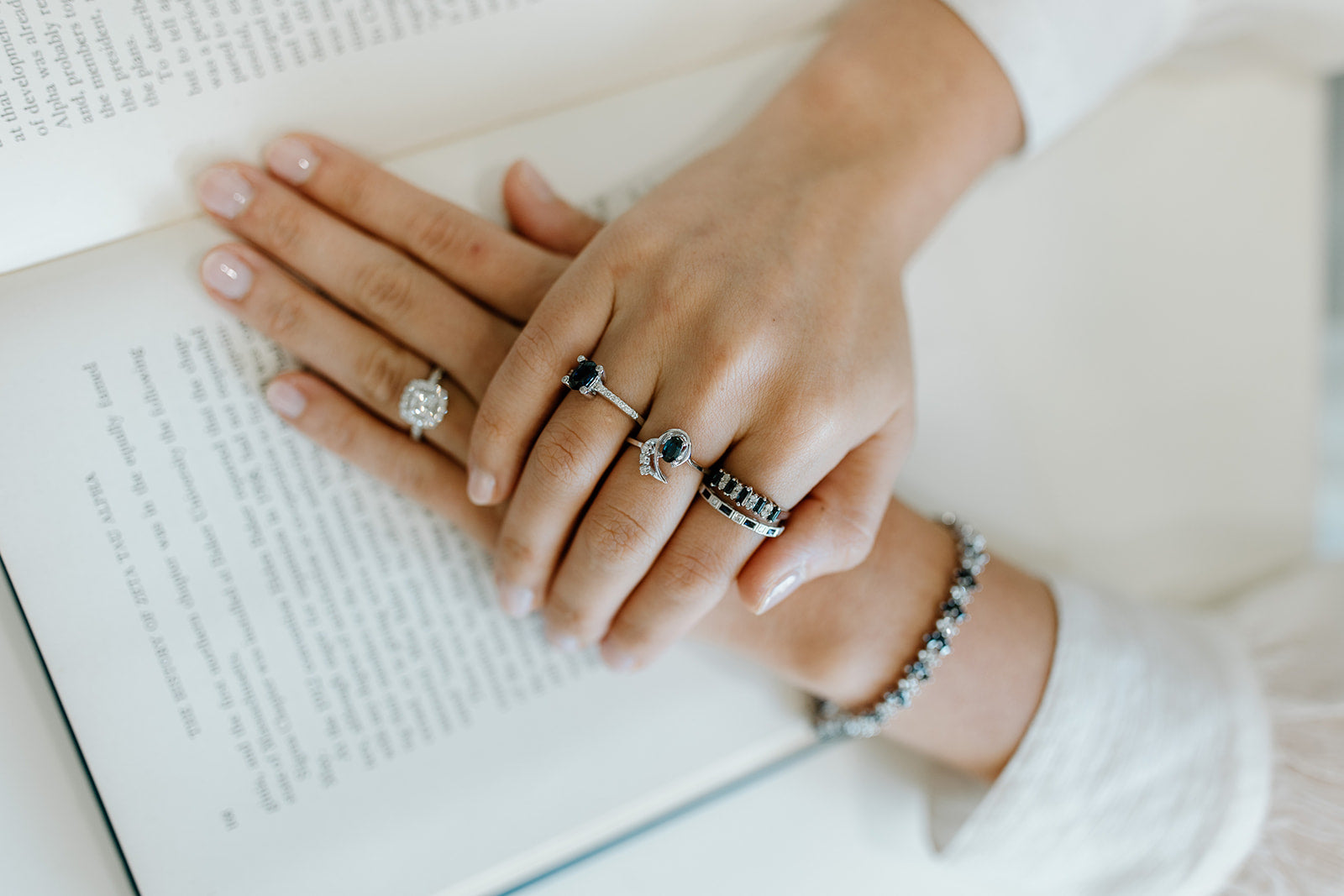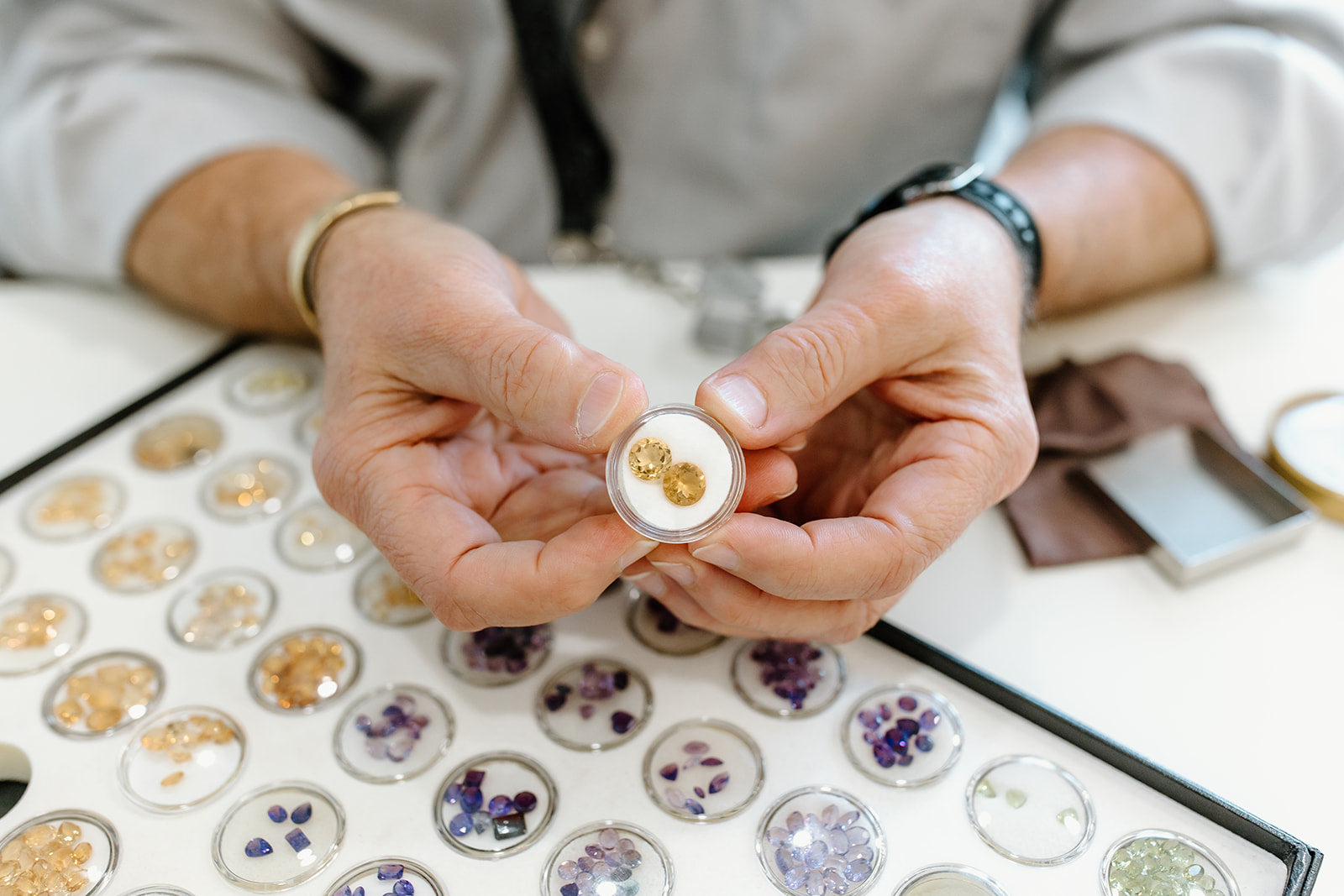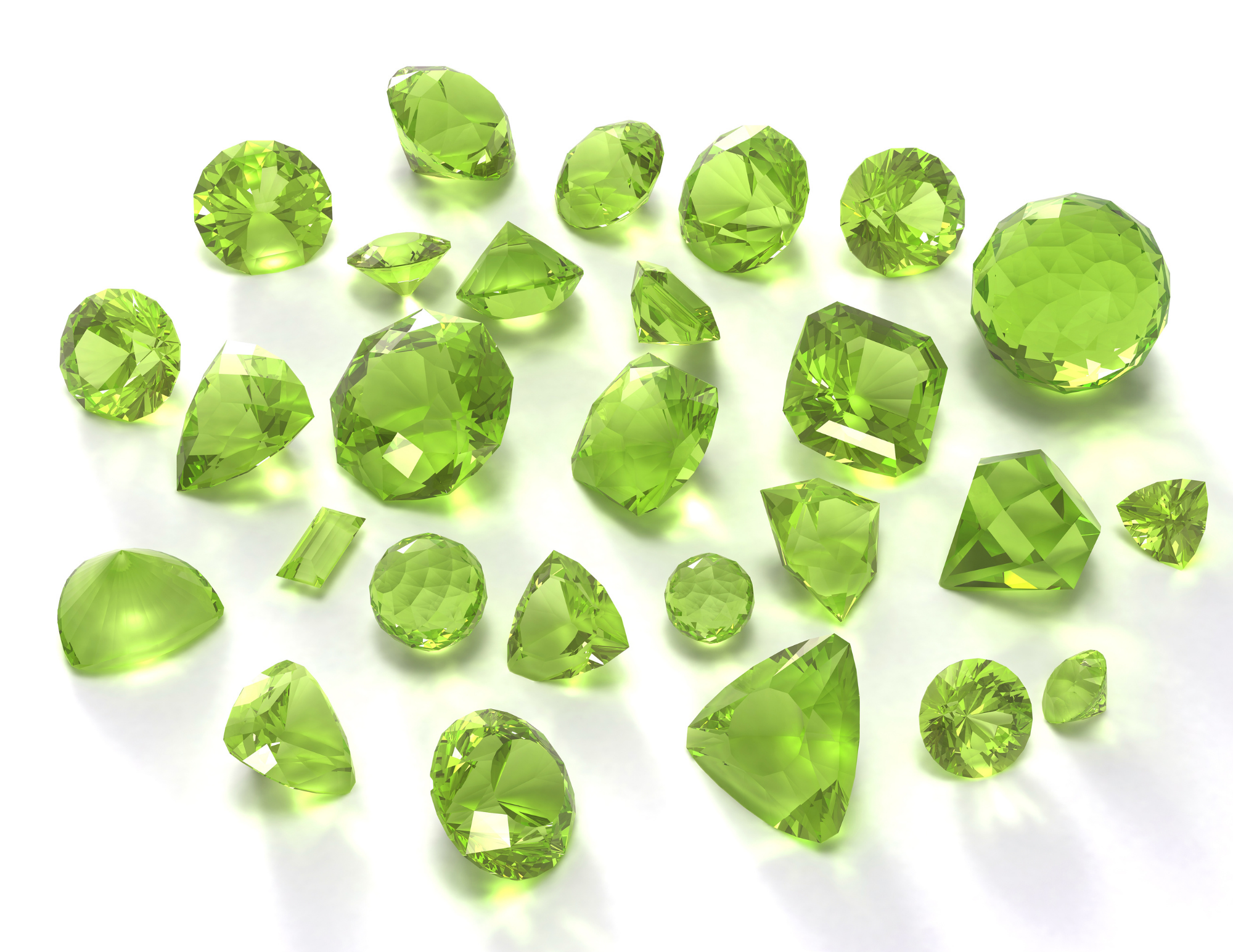
September is for Sapphires: A Guide to September's Birthstone
Throughout history, sapphires have been associated with nobility, romance, and sincerity. Its alluring blue hue has made it a popular gemstone for engagement rings. Let's take a closer look at this month's beautiful blue birthstone.

Sapphire History and Lore
Sapphires were first discovered in Sri Lanka, which has remained a large source of sapphires today.
In ancient Persia, people believed that the earth was balanced on a large sapphire, therefore coloring the sky blue.
During Medieval times, nobility and royalty wore sapphires, as they believed this would protect them from their enemies.
Prized for its durability, sapphire parts are used in high-durability windows, scientific instruments and watches.
One of the most iconic sapphire rings is Princess Diana's sapphire engagement ring. The stunning ring features a 12 carat oval cut Ceylon sapphire surrounded by 14 diamonds.
The Logan sapphire is one of the world's largest faceted sapphires. It weighs 423 carats and is surrounded by approximately 16 carats of diamonds. This magnificent sapphire was cut from a crystal in a Sri Lankan mine.

A cushion cut padparascha sapphire
Sapphire Characteristics
Like rubies, sapphires are a variety of corundum. Iron and titanium give corundum a blue color. Sapphires also come in a variety of different colors, such as pink, yellow, and orange. The rarest variety of sapphire is padparascha, which is found in Sri Lanka. Its name is derived from the Sinhalese word for 'lotus flower' and has a pink-orange color.

Star sapphires are the result of a phenomenon called asterism, or a star effect, on corundum. An asterism appears as a star-shaped pattern across the curved surface of a cabochon-cut sapphire. This also occurs in rubies. Sapphires have a hardness of 9 on the Mohs scale, making them quite suitable for everyday wear.
How are sapphires graded?
Sapphires are evaluated similarly to diamonds (color, cut, clarity, carat), but with some modifications:
*Color: The standard ideal color of a sapphire is "cornflower blue" - described as a medium blue. As a general rule, the deeper the blue, the higher the value of the sapphire. However, if a sapphire is too dark (black/inky hue), its value decreases.
*Cut: unlike diamonds, sapphires are not cut using mathematical proportions. Sapphires are cut to preserve carat weight and diminish visible inclusions, so they can sometimes be asymmetrical.
*Clarity: it's common for sapphires to have natural inclusions. The value of the sapphire is determined based on the type of inclusion and how it affects the stone's overall appearance. Most inclusions are only visible when looked at through intense magnification. Sapphires are often heat treated to remove inclusions.
*Carat Weight: similar to diamonds, the larger the sapphire, the more valuable it is.
Sapphire Information
| Hardness | 9 |
| Color | Blue, Green, Yellow, Orange, Pink |
| Treatment | Heat Treatment |
| Top Countries of Origin | Madagascar, Sri Lanka and Australia |
Sapphire Care
Generally, sapphires can withstand ultrasonic cleaners or steam cleaning. Warm water and soap applied with a soft cloth is always a safe cleaning method for sapphires. Consult with a trusted jeweler on how to clean your sapphire jewelry.
Add some dreamy blue sapphires to your collection. Shop our sapphire jewelry here.

